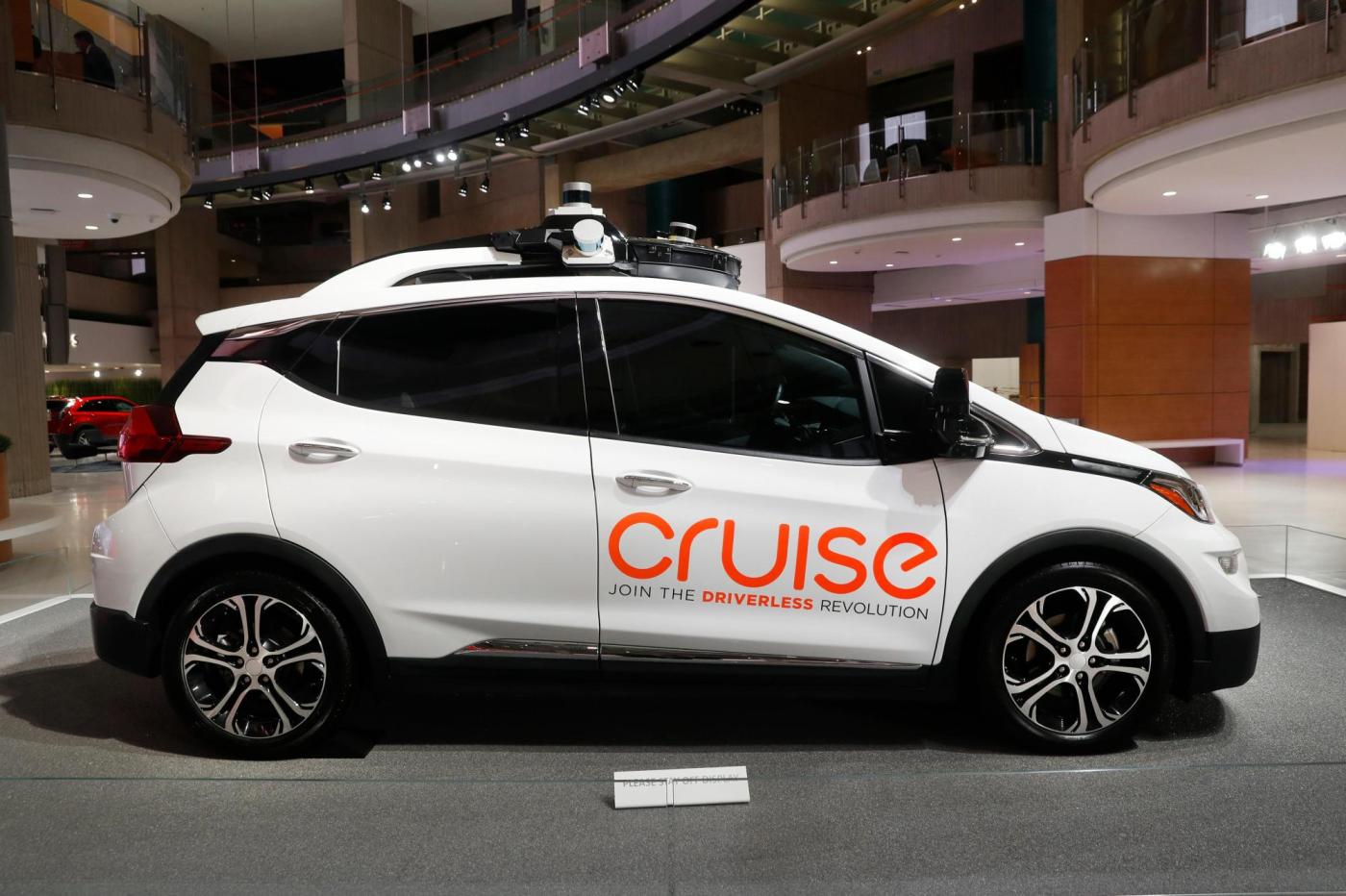
By David Welch, Bloomberg
General Motors Co. is seeking to lure back some former employees of its defunct Cruise autonomous-vehicle business as part of a renewed push to develop a new driverless car, according to people familiar with the matter.
This time around, the project would be focused on autonomous cars for personal use, rather than a robotaxi service, these people said. The first step is development of hands-free, eyes-free driving with a human in the vehicle, with the ultimate goal being a car that can drive with no one at the wheel, they said.
Related Articles
Amazon’s Zoox driverless car gets clearance from US regulator
Jury orders Tesla to pay $329 million in Autopilot crash case, opening it up to other costly lawsuits
These flying taxi companies want to soar over gridlock — for the cost of an Uber
Tesla’s darkening outlook to test robotaxi vision pushed by Musk
Tesla spars in court over autopilot alert 2 seconds before crash
The plan was detailed in an employee meeting on Aug. 6 by Sterling Anderson, the former Tesla Inc. Autopilot chief who joined GM earlier this year, said the people, who asked not to be identified because the meeting was private. Anderson said he sees autonomy as the future and that GM will add more talent, including trying to bring back some Cruise workers and hire new staff for the automaker’s Mountain View, California, office and other locations, the people said.
GM told Bloomberg that it has been running human-driven vehicles on public roads gathering data for the development of self-driving technology.
“We’re accelerating the development of autonomous driving technology capable of operating without active human oversight,” spokeswoman Chaiti Sen said in a statement. The lidar-equipped fleet is logging data to “build simulation models that will guide development.”
Plans for a hiring push show Chief Executive Officer Mary Barra remains committed to the increasingly competitive driverless-vehicle market even after shuttering Cruise last year. GM exited the robotaxi business following an incident that seriously injured a pedestrian, drawing a crackdown by regulators and eventually leading to the firing of nine top executives and the resignation of former CEO Kyle Vogt.
GM cut about 1,000 Cruise employees, or half of its workforce, earlier this year.
Anderson came to GM in May from Aurora Innovation Inc., which is focused on autonomous trucking, and before that he led the development of Tesla’s Autopilot driver assist system about a decade ago. He was hired to oversee all of product development, which includes everything from gasoline-powered vehicles and electric models to GM’s driver assist and autonomous technology.
The former Aurora chief product officer has studied autonomy since working on his Ph.D. at Massachusetts Institute of Technology. Anderson wrote a paper at MIT for his doctorate in mechanical engineering about semi-autonomous driving.
GM exited the Cruise robotaxi business in part due to the cost of developing the platform, but said at the time it would keep working on a personally owned autonomous vehicle. Several years ago, GM had planned to have such a vehicle ready for mid-decade, but no longer has a public target date. Development of the vehicle has been done concurrently with work on GM’s Super Cruise hands-free driving system.
Despite laying off workers at Cruise and in GM’s software unit, Barra has maintained that GM remains committed to driverless vehicles. On the carmaker’s second-quarter earnings call, she cited autonomous technology, along with expanding GM’s domestic supply chain and innovating in batteries, as some of “our clear priorities.”
GM shares rose less than 1% as of 2:54 p.m. in New York.
More stories like this are available on bloomberg.com
©2025 Bloomberg L.P.